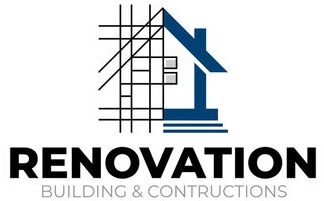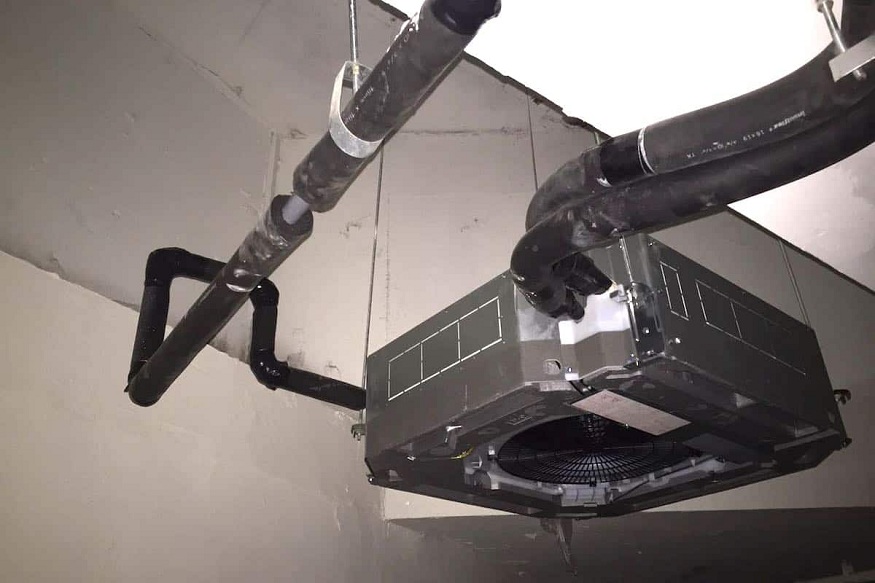The role of steam transmission lines is to provide quality steam to processes and devices as reliably as possible. It is therefore important to drain condensate quickly and efficiently from the pipes using steam traps installed at well-chosen condensate discharge locations (CDL).
Steam traps cannot simply be installed and forgotten. There are some best practices and methods to follow when installing them. To ensure the proper functioning of your traps, you must pay close attention to their location and method of installation.
In general, the steam flow in steam lines travels at a much faster rate than in appliances, reaching speeds of over 30 m/s (100 ft/s). At this speed, water hammer caused by the formation of condensate clumps transported at high speed through the pipes can occur if the cross-sectional area of the pipe becomes completely filled with water. These water hammers can cause serious injury and damage pipes, valves and steam-using devices. The speed of steam circulation is therefore an important factor when installing steam traps.
The four tips listed below seek to provide some guidelines for draining condensate from steam lines and can help limit problems like water hammer and air blockage.
Best practice #1: Choose the location of your traps carefully
It is important to install a trap on the steam lines at least every 30 to 50 meters (100 to 160 feet), even if the piping forms a straight line. It is also necessary to ensure that a trap is installed at the base of vertical pipe sections and in all areas where there could be a build-up of condensate to avoid filling the cross-sectional area of the pipe, which could create problems. linked to water hammer.
A trap should be installed at minimum intervals not exceeding
A steam trap should be installed directly upstream of pressure regulators and control valves to prevent the accumulation of condensate when the valve is closed. The trap can thus help reduce erosion of the valve seat caused by condensate. In the same way, a trap is usually installed between two pressure regulators installed in series to evacuate the condensate caught between the two valves during regular
A trap should be installed at the base of vertical pipe sections since condensate tends to accumulate there due to gravity and the change in direction of the pipes.
Best practice #2: Make sure to properly support and tilt your pipes
If the supports or fixed points (e.g. hangers) are placed too far apart, the piping could deform under the effect of its own weight. This type of problem can cause an accumulation of condensate in certain areas of the piping even if it is inclined. It is therefore important:
slope the piping so that it forms an angle of at least
In addition, care must be taken when using the cornice of a building to secure the pipes since the cornice itself could be ti
Good practice #3: Pay attention to the sizing of your condensate collectors
The size range of most traps installed on main lines is 15 to 25 mm (1/2 to 1 inch). In some factories we sometimes see pipes of this size directly connected to the steam line. However, very often the mouth is too small to collect the condensate, preventing its proper evacuation. To avoid this type of problem, if the steam line has a diameter considerably larger than that of the piping at the trap inlet, a condensate collector is installed to collect the condensate and ensure its efficient drainage.
In addition, it is important to note that the connection point between the piping upstream of the trap and the condensate collector must be at least 50 to 100 mm (2 to 4 inches) higher than the base of the collector to limit the accumulation of dirt and scales inside the trap. An extraction tap is then usually installed on the cover at the base of the collector to facilitate the evacuation of dirt accumulated at the bottom of the collector
The condensate collector must be sized so that its volume is sufficient to prevent the backflow of condensate into the piping and so that the space at the base of the collector is sufficient to limit the entrainment of dirt into the trap. For some examples of condensate collector sizing, see the table above.
Condensate collector incorrectly sized/installed
The collector must be properly sized and installed to promote efficient condensate drainage.
Well sized/installed collector
The sizing of condensate collectors includes at least 4 factors: the diameter of the collector, its height, the space to accumulate dirt and the connection point (towards the trap).
Best practice #4: Evacuate air and condensate well at the end of the pipes
Typically, pipes fill with air when the system is not running. When the system is restarted, it is important to properly evacuate this air which accumulates at the end of the pipes.

